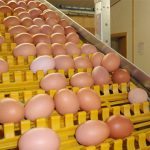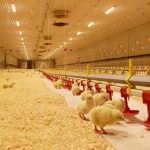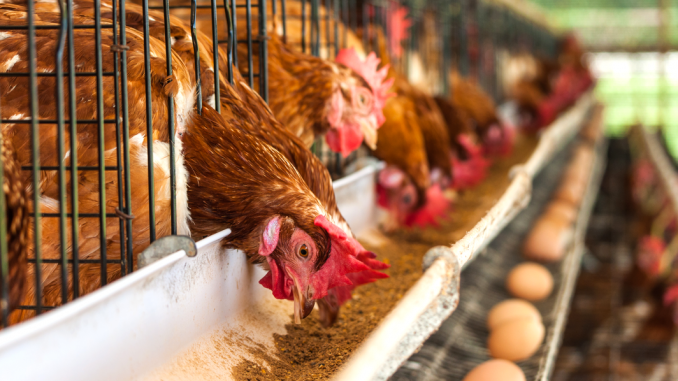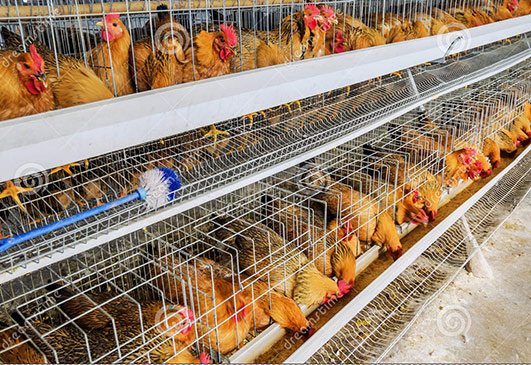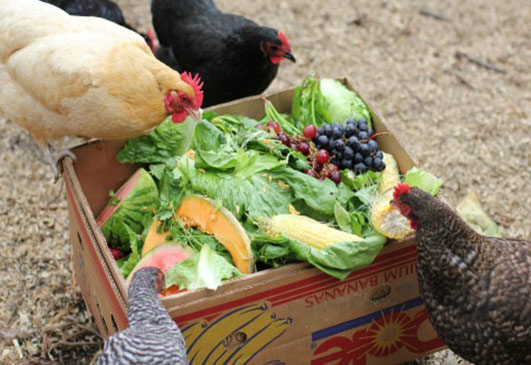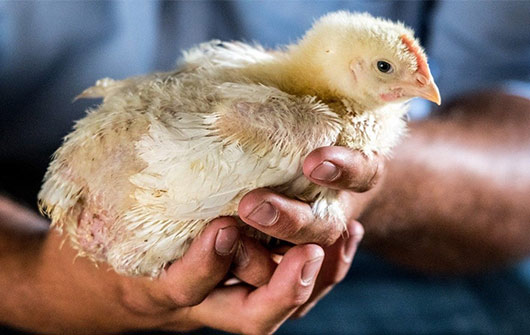Whether it is laying hens or broilers, their habits vary from year to year during the feeding process. Therefore, in the process of feeding, the farmers are required to take corresponding measures for the different changes of the flocks in each season. Next, thechicken farming equipmentmanufacturer mainly introduces the farmers to the characteristics of the four seasons of the habits of the laying hens.
1. Feeding habits change
(1) In the summer season, when the temperature rises, the demand for energy in the laying hen will decrease, so the feed intake will also decrease. As the feed intake of laying hens decreases, the protein and calcium content will also decrease accordingly, which will lead to a decrease in egg production. Therefore, in summer season, farmers should adjust the diet appropriately and in summer. At the time of the day, measures are taken to lower the temperature of the house.
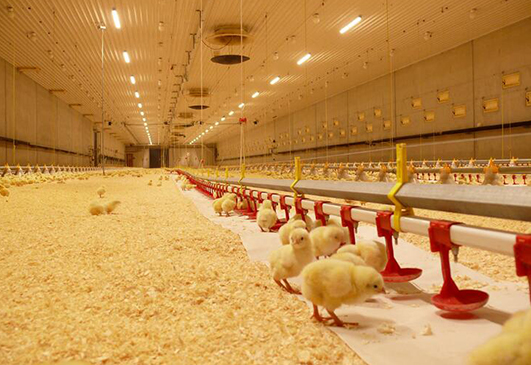
(2) In the winter season, the weather is relatively cold, and the laying hens need to consume more nutrients to keep out the cold, so increase their feed intake. In addition to increasing the feed intake of laying hens, it is necessary to appropriately raise the temperature in the house, convert the diet into a winter diet, and provide more energy to the flocks to withstand low temperatures.
2. Changes in drinking habits
Throughout the season, the season of drinking water changes in summer is more prominent. In summer, the temperature is higher and the drinking water of the chicken will increase. In the season of suitable temperature, the laying hen’s drinking water is twice the weight of the feed; in summer, the water is 4-5 times the weight of the feed.
3. Change of molting habit
During the moulting period, farmers should pay attention to the rationality of light time. Under the condition of natural light, adult chickens will undergo natural moulting in autumn, which generally takes about 3-4 months.
It is hoped that through today’s presentation, farmers can have a more comprehensive understanding of the habit change of laying hens, so that they can conduct laying hens breeding smoothly in the later stage.


